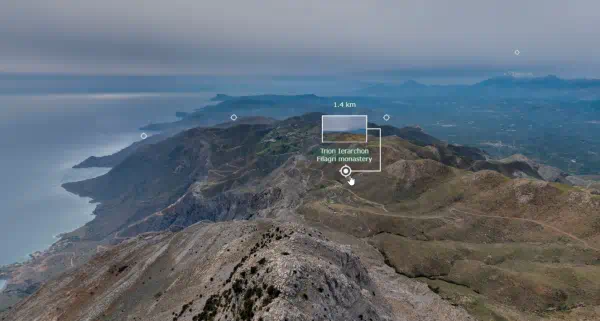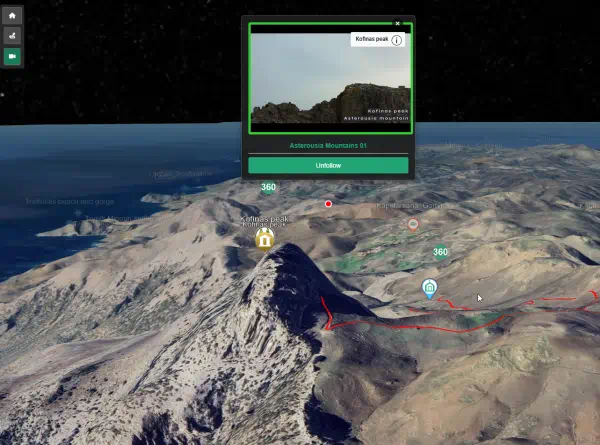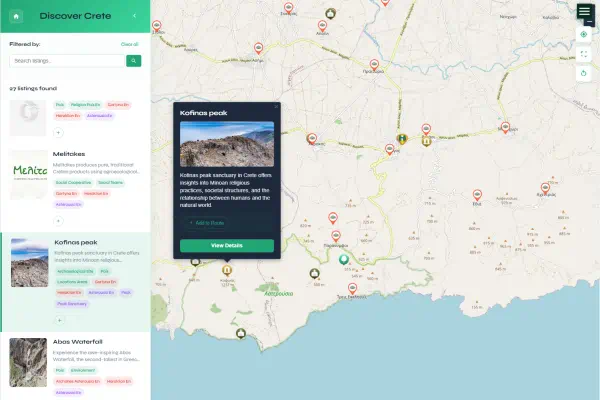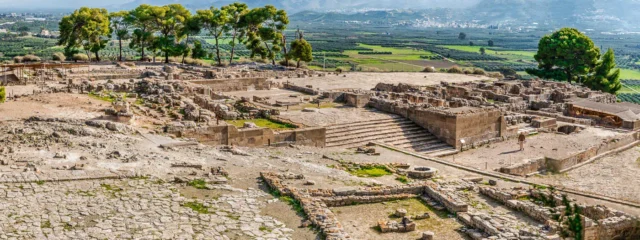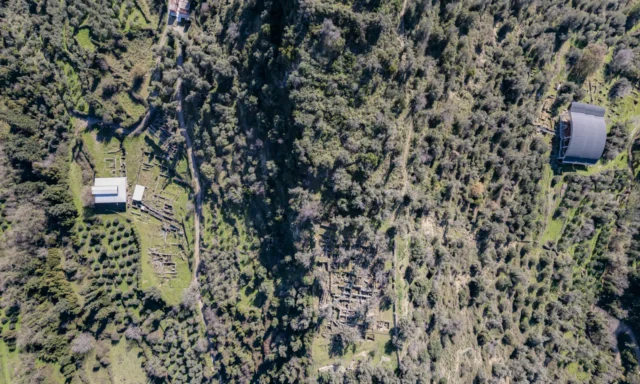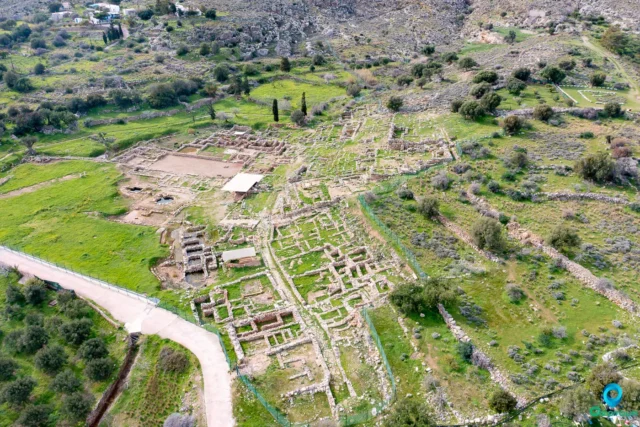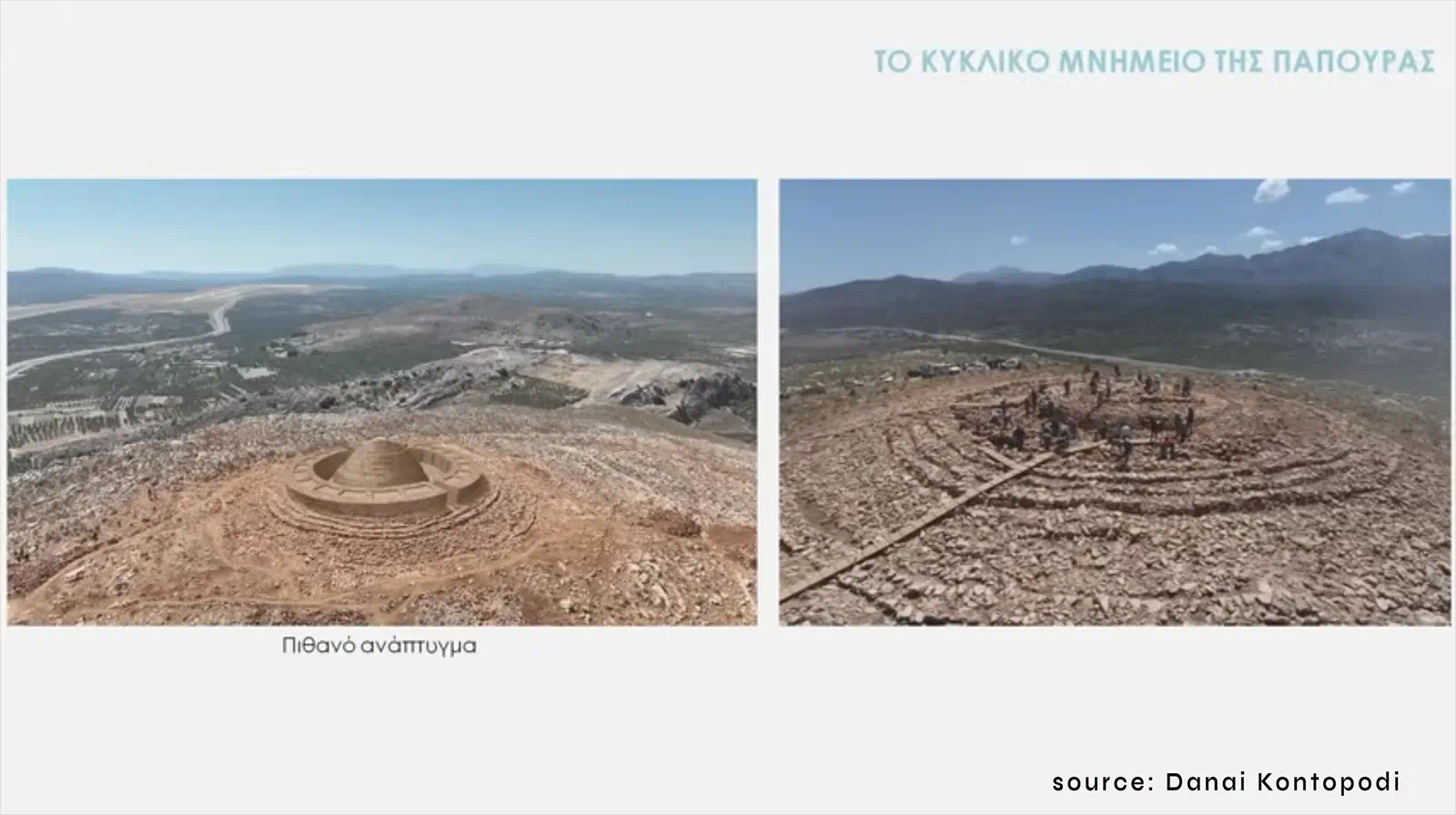ATHENS, Greece – In a packed hall resonating with both excitement and trepidation, the first public presentation of the monumental discovery at Crete’s Papoura Hill took place on Sunday, October 12, 2025. At the Cinobo Opera on Akadimias Street, lead archaeologist Danae Kontopodi of the Heraklion Ephorate of Antiquities unveiled the preliminary findings of a unique, 4,000-year-old circular structure that is rewriting the early history of Minoan civilization.
The lecture, organized by the Association of Greek Archaeologists and supported by the Municipality of Minoa Pediadas, comes at a critical juncture. Even as the excavation receives the prestigious International Archaeological Discovery Award ‘Palmyra’, it faces an imminent threat from a government-approved plan to install a massive airport radar system a mere 32 meters from its edge.
A Discovery of Unparalleled Significance
Unearthed during preparatory work for the new Kastelli International Airport, the monument on Papoura Hill is unlike anything previously found in Minoan archaeology. Kontopodi detailed a massive, intricate structure with a diameter of approximately 48 meters (157 feet), covering an area of 1,800 square meters (19,375 square feet).
“What we are looking at is a complex, tiered structure of seven concentric stone rings,” Kontopodi explained. “It was meticulously constructed on the island’s highest point, a landmark designed to be seen from afar.”
The primary period of use is dated to the Middle Minoan I and II periods (approx. 2000-1700 BCE), a crucial transitional phase just before the rise of Crete’s grand palaces like Knossos and Phaistos. The architectural complexity, including a central 15-meter circular building divided into four quadrants and a surrounding labyrinthine network of smaller spaces, points to a sophisticated, well-organized society with advanced knowledge of geometry and engineering.
Finds from within the structure suggest it was not a dwelling but a place of communal gathering. Vast quantities of animal bones indicate large-scale feasting and ritual ceremonies. The recovered pottery consists mainly of drinking cups and food preparation vessels, reinforcing the theory of communal consumption. “The evidence points to a place of periodic, pan-communal gatherings,” Kontopodi stated, “a focal point for the surrounding communities for rituals and social events that likely cemented their collective identity.”
International Acclaim vs. Local Desecration
The global significance of the Papoura discovery was recently cemented. It won the 2025 International Archaeological Discovery Award ‘Palmyra’, an honor named for the heroic archaeologist Khaled al-Asaad, who was murdered by ISIS while protecting the antiquities of Palmyra. The excavation also won the ‘Special Award’ (the public prize) from the Mediterranean Exchange of Archaeological Tourism.
The award ceremony is scheduled for October 31st in Paestum, Italy. In a move that has been heavily criticized by the archaeological community, the award is set to be accepted by Greek Minister of Culture Lina Mendoni—the same official championing the radar installation.
The Greek government and the Ministry of Culture, despite widespread opposition, have approved plans to proceed with the construction of the airport radar and its auxiliary buildings on the summit of Papoura Hill. This decision has been described by opponents as creating a “monumental sandwich,” trapping a 4,000-year-old treasure and effectively destroying its archaeological and natural context.
The Association of Greek Archaeologists, along with the local Municipality of Minoa Pediadas, the Regional Council of Crete, and a groundswell of international academics and citizens, have condemned the plan. They argue that the extensive earthworks, the visual and physical intrusion of the towers, and the electromagnetic radiation will cause irreparable harm. “If Papoura cannot be protected, then no monument is safe,” read a recent petition. “This is a struggle of principle: for legality, transparency, and scientific responsibility.”
The government maintains that the location is the only technically viable option for the airport’s crucial navigation systems. However, critics contend that a thorough study of alternative locations has never been seriously undertaken, sacrificing a world-class heritage site for convenience.
As Danae Kontopodi concluded her presentation in Athens, the applause was mixed with a palpable sense of urgency. The future of one of the most important Minoan discoveries in a century now hangs in the balance, caught between the celebration of its past and a controversial vision for the future. The international spotlight from the upcoming award ceremony will either shame the authorities into reversing course or illuminate the final act of what many are calling a state-sanctioned act of cultural vandalism.

